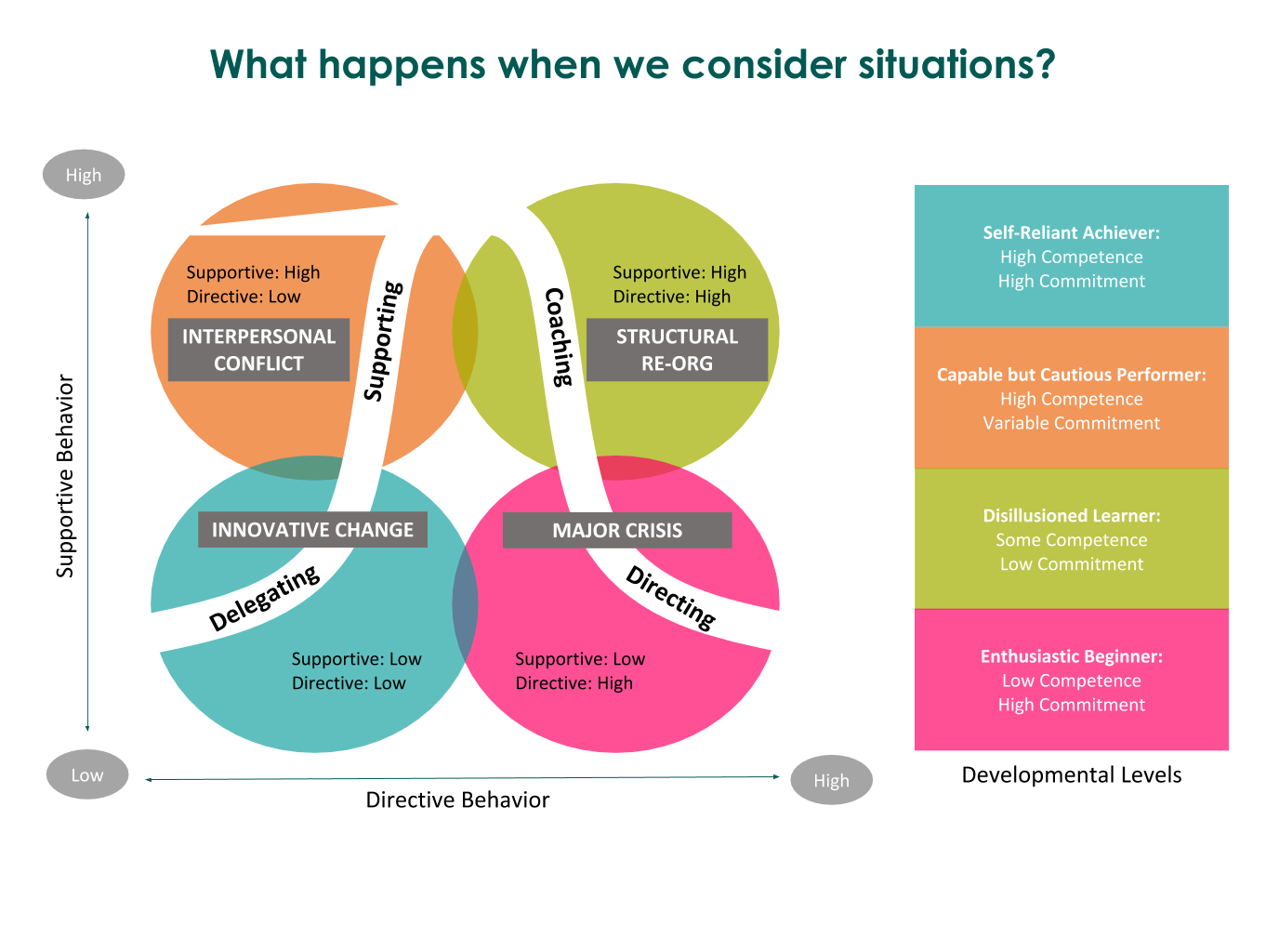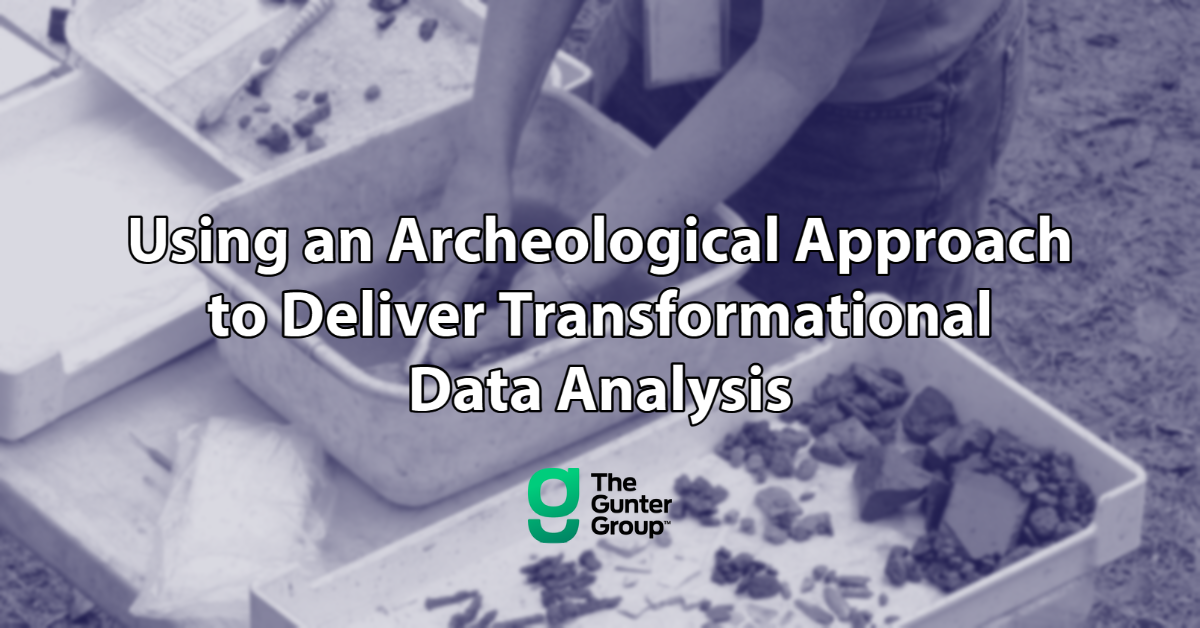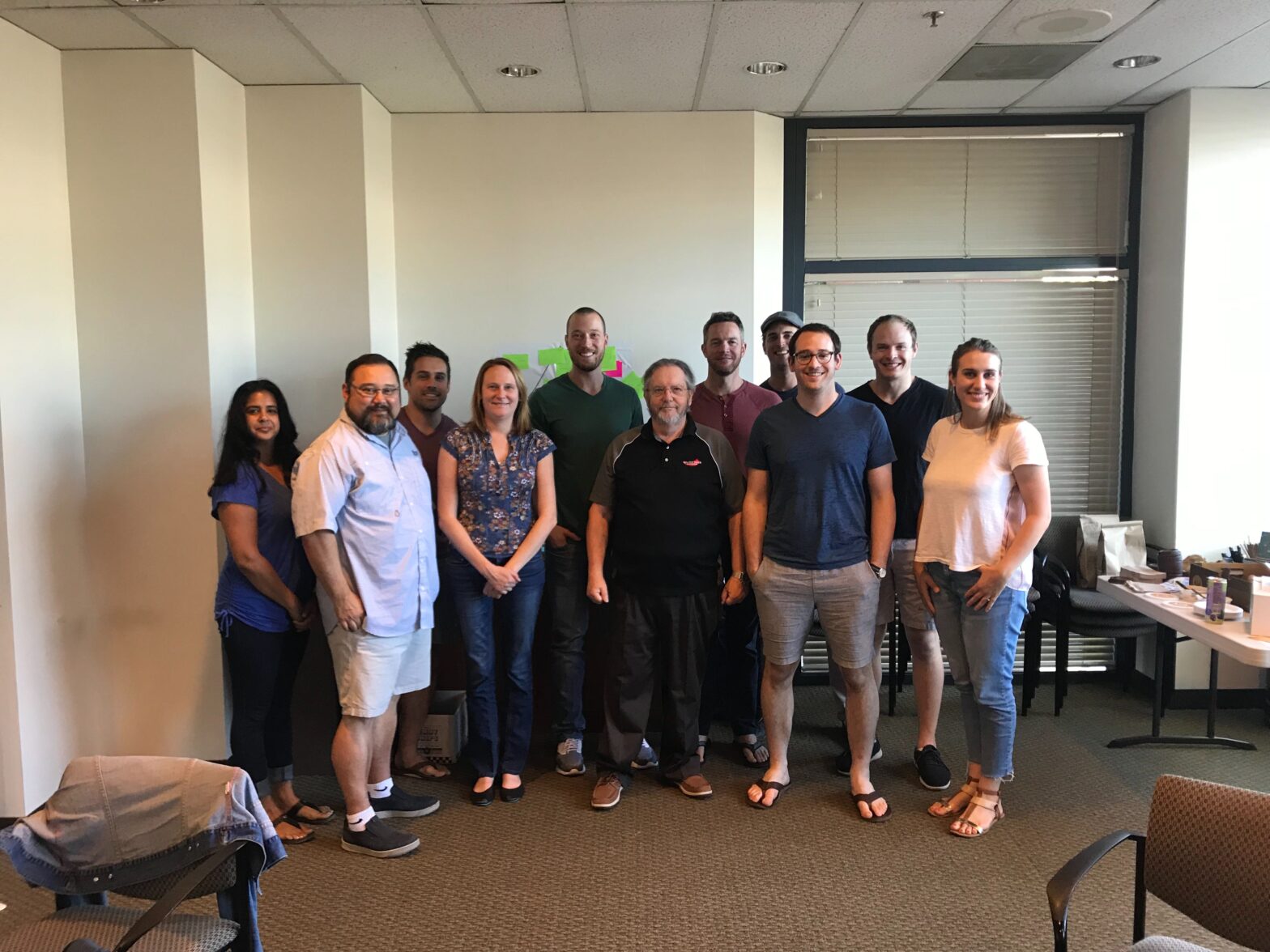Veteran’s Day at The Gunter Group is pretty special. You see, 16% of our current employees are veterans so odds are good we have a front row seat for the incredible skills and experience they bring to their work as management consultants. When we say, “Thank you for your service,” to our friends and colleagues, we could just as easily be referencing their most recent success with a client or how they stepped up to lend a hand with our last project.
Tag Archives: Bend
THE WORLD NEEDS GOOD CHANGE MANAGERS
Change management is the study of human behavior. Human beings hate change, yet change is unavoidable. As professionals in change management, we bring a people-centered approach to our work. This is undeniably good for business, as evidenced by a flourishing market of change management consultants and frameworks.
THE ADVENTURES OF A GENERALIST
At TGG, we’re generalists. Our consultants come from different backgrounds: some come from healthcare or finance, others come straight from the military or academia. Every consultant at TGG has a unique background, and we bring these backgrounds to our work, no matter the client or industry.
SITUATIONAL LEADERSHIP
Our understanding of leadership must continually evolve to remain relevant and impactful in today’s business climate. One method of leadership that develops an ability to meet the ever-changing needs of an organization and its employees is called Situational Leadership.
USING AN ARCHEOLOGICAL APPROACH TO DELIVER TRANSFORMATIONAL DATA ANALYSIS
The potential of data analysis, especially in this age of “big data,” is immense but it’s important to use appropriate models to help explain that data and to ask the right questions in the first place.
TGG LEVELS-UP TECH PRACTICE
Gunter Group consultants converged on the Portland area last weekend to attend a 16-hour 2-day training on agile. The course, provided by industry leader Rod Claar, included a deep dive into agile best practices and featured hands-on learning experiences.
EMPLOYEE ENGAGEMENT
If you could improve your company’s profits by 21%, reduce attrition by 24% to 59%, and improve your employees’ morale—all without significant cash outflow or investment—would you do it (1)? It is doubtful anyone would answer no to the above question, although that is what many are essentially doing when they don’t make employee engagement a priority in their organization.






